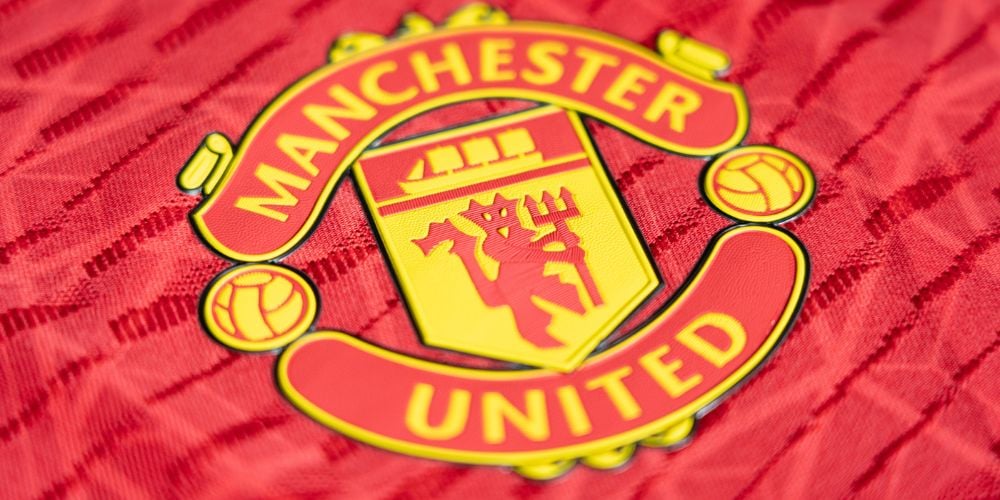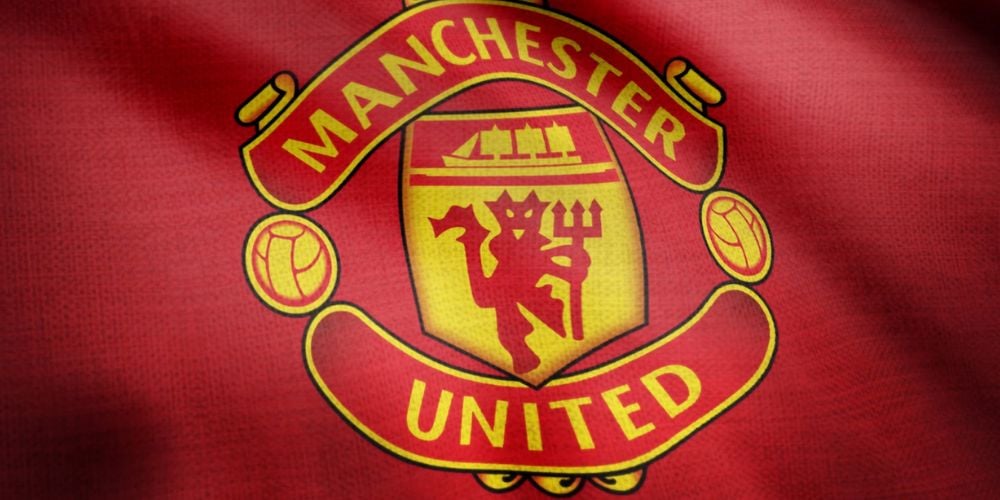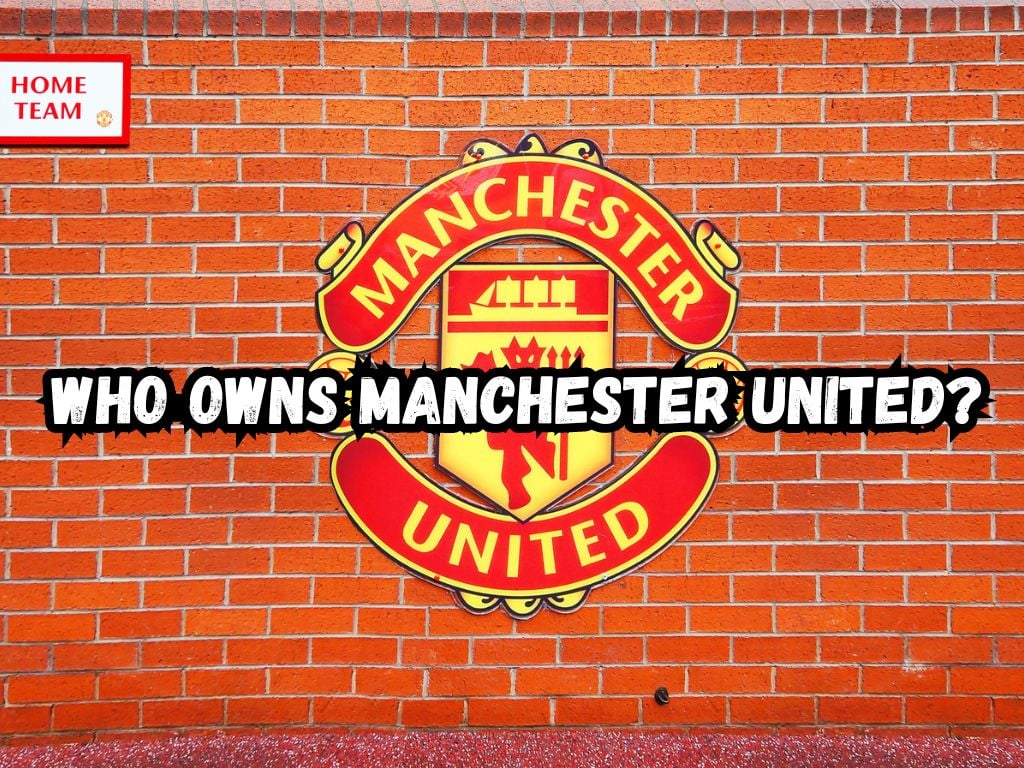Manchester United, one of the most successful and renowned football clubs in the world, has captured the hearts of fans with its illustrious history and iconic moments on the pitch.
Beyond the players and the game, ownership plays a crucial role in shaping the destiny of the club.
In this article, we will delve into who owns Manchester United, tracing its historical background, examining the controversial Glazer ownership era, and exploring the impact of ownership on decision making and finances.
Historical Background
Manchester United’s fascinating journey began in 1878 when it was founded as Newton Heath LYR Football Club. Financial struggles plagued the club, necessitating a change in ownership in 1902. Enter J.H. Davies, a local businessman who stepped in and renamed the club Manchester United.
Over the years, the club witnessed various ownership transitions. In 1931, James Gibson took control of Manchester United, making significant contributions such as establishing the club’s progressive youth academy system.
Under the stewardship of Matt Busby, Manchester United experienced both triumph and tragedy, triumph with the European Cup win in 1968 and tragedy with the Munich Air Disaster in 1958. Busby rebuilt the team, and his legacy inspired future generations.
Sir Alex Ferguson, the longest-serving manager in the club’s history, took the helm in 1986, leading Manchester United to unprecedented success. His reign saw the club dominate domestic and European football, including a historic treble-winning season in 1999.

The Glazer Ownership Era
Leveraged Buyout and Controversy
In 2005, Manchester United experienced a significant shift in ownership when the Glazer family, headed by Malcolm Glazer, a prominent American businessman and owner of the NFL’s Tampa Bay Buccaneers, acquired the club through a highly controversial leveraged buyout. The purchase was carried out via their holding company, Red Football Limited.
The Glazer takeover immediately sparked significant dissent and anger among the club’s loyal supporters. One major point of contention was the substantial debt incurred to facilitate the acquisition.
This mounting debt burden raised concerns among fans who believed that the interests of the owners were prioritized over the team’s success on the pitch.
Financial Implications and Fan Unrest
The leveraged buyout led to an enormous increase in Manchester United’s debt, which, in turn, affected the club’s financial stability and flexibility.
The massive debt service obligation limited the available funds for player transfers and investments, leading to frustration among fans, who felt that the club’s competitiveness suffered as a result.
Furthermore, the Glazer ownership drew criticism for the lack of transparency and communication with supporters.
Fans were disillusioned by the perceived disregard for their opinions and concerns regarding key decisions and the overall direction of the club.
Response from the Supporters
The Glazer ownership era prompted significant activism and protest among Manchester United supporters. Fan groups, such as the Manchester United Supporters’ Trust (MUST), emerged and became vocal critics of the Glazer family’s ownership.
Fans expressed their frustration through various means, including demonstrations, boycotts of merchandise, and even attempts to form a breakaway club.
The Green and Gold campaign symbolized the fans’ united front against the Glazer ownership, with supporters often wearing green and gold scarves, the colors reminiscent of Newton Heath LYR Football Club, Manchester United’s predecessor.
The movement aimed to raise awareness about the perceived financial mismanagement and lack of regard for the club’s traditions.
Legacy and Ongoing Impact
The Glazer ownership era and the associated fan unrest have left a lasting impact on Manchester United’s identity.
While the club continued to achieve success under the Glazers’ ownership, winning multiple Premier League titles and reaching several Champions League finals, the divide between the owners and the fans persisted.
The financial repercussions of the leveraged buyout continued to affect the club’s decisions and ability to compete in the transfer market.
The Glazers’ ownership style and financial strategies have often been criticized for hindering the club’s potential and impeding its ability to attract top-tier talent.
In recent years, however, the Glazers have made some attempts at reconciliation by engaging more directly with fans and addressing some of their concerns. These efforts include the creation of a Fan Advisory Board and increased investment in the squad.
Nonetheless, the scars from the Glazer ownership era remain, and the relationship between the owners and the supporters continues to be a contentious issue within the Manchester United community.
Who Owns Manchester United? Current Ownership Structure
The Glazer family continues to hold ownership of Manchester United. Following the passing of Malcolm Glazer in 2014, his six children assumed control of the club. Joel and Avram Glazer now serve as co-chairmen, overseeing the day-to-day operations.
The Glazers’ ownership structure has drawn criticism for its lack of transparency and communication with fans. Supporters have expressed frustration at the limited engagement from the owners regarding key decisions and the club’s direction.

Club Management
During their tenure the Glazers have made several managerial changes. In 2013, David Moyes succeeded Sir Alex Ferguson but faced a challenging tenure, eventually departing after just ten months.
Louis van Gaal took charge next, followed by Jose Mourinho, before the current manager, Ole Gunnar Solskjær, assumed the role.
Financial Implications
The debt-driven acquisition by the Glazers has significant financial implications for Manchester United. The club’s debt load, which stood at around £550 million in 2021, has created ongoing concerns among supporters.
The club’s financial performance, however, has remained relatively strong. Manchester United consistently ranks among the highest-earning football clubs globally, primarily driven by commercial revenue streams and a global fan base.
Despite this, the debt service obligations have limited the club’s ability to make substantial investments in the squad.
Recent Developments and Potential Changes
Recent years have witnessed rumors and speculation surrounding potential changes in Manchester United’s ownership structure.
In 2020, reports emerged suggesting interest from the Saudi Arabian royal family in acquiring the club. However, these reports were later dismissed, and no change in ownership materialized.
The launch of the European Super League in April 2021 brought ownership matters to the forefront once again.
The Glazer family was among the key driving forces behind the controversial breakaway league, prompting renewed protests from fans, who expressed their dissatisfaction with the club’s ownership.
Conclusion
Ownership is a significant facet of Manchester United’s legacy, impacting the club’s trajectory both on and off the pitch. The Glazer family’s ownership, though contentious, has been a period of success, marred by fan unrest and concerns about financial stability.
As the club continues its journey, ownership will remain a critical influence on the club’s fortunes, shaping its future and impacting the dreams of fans worldwide.
Manchester United thrives through a delicate balance between ownership, supporters, and the love of the beautiful game, representing an enduring legacy that transcends the boundaries of football.


 Tags:
Tags:










